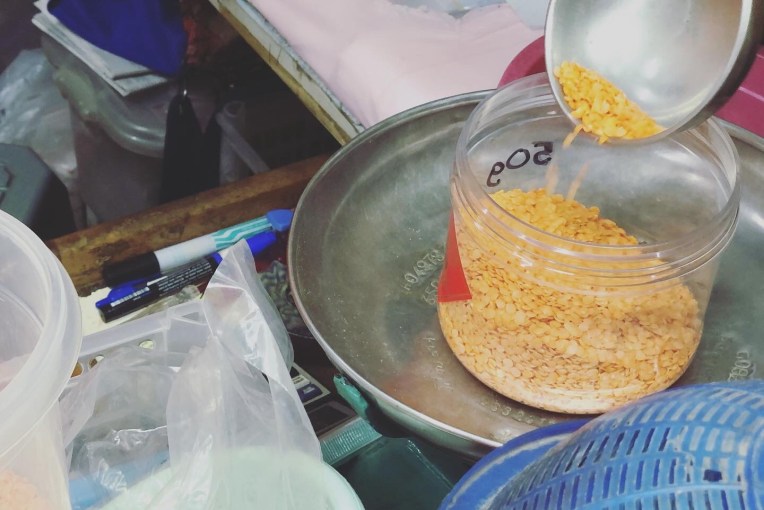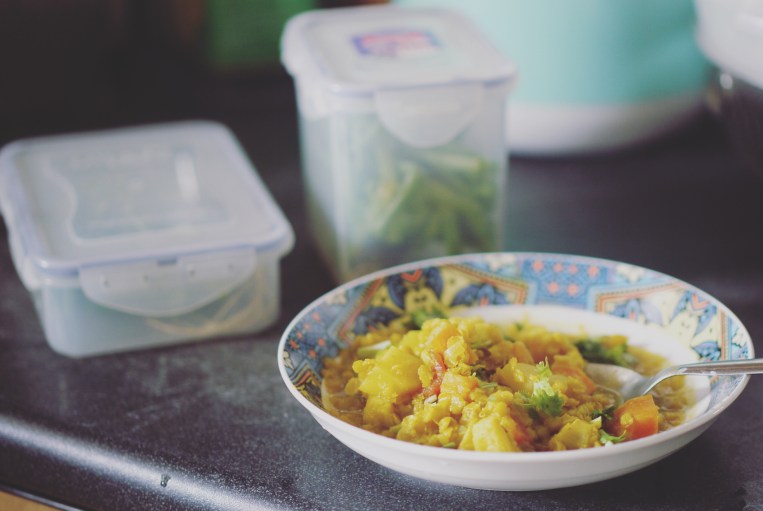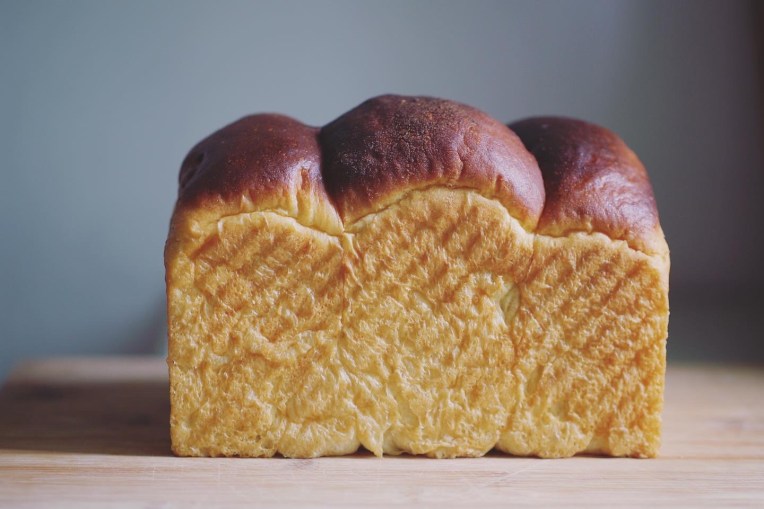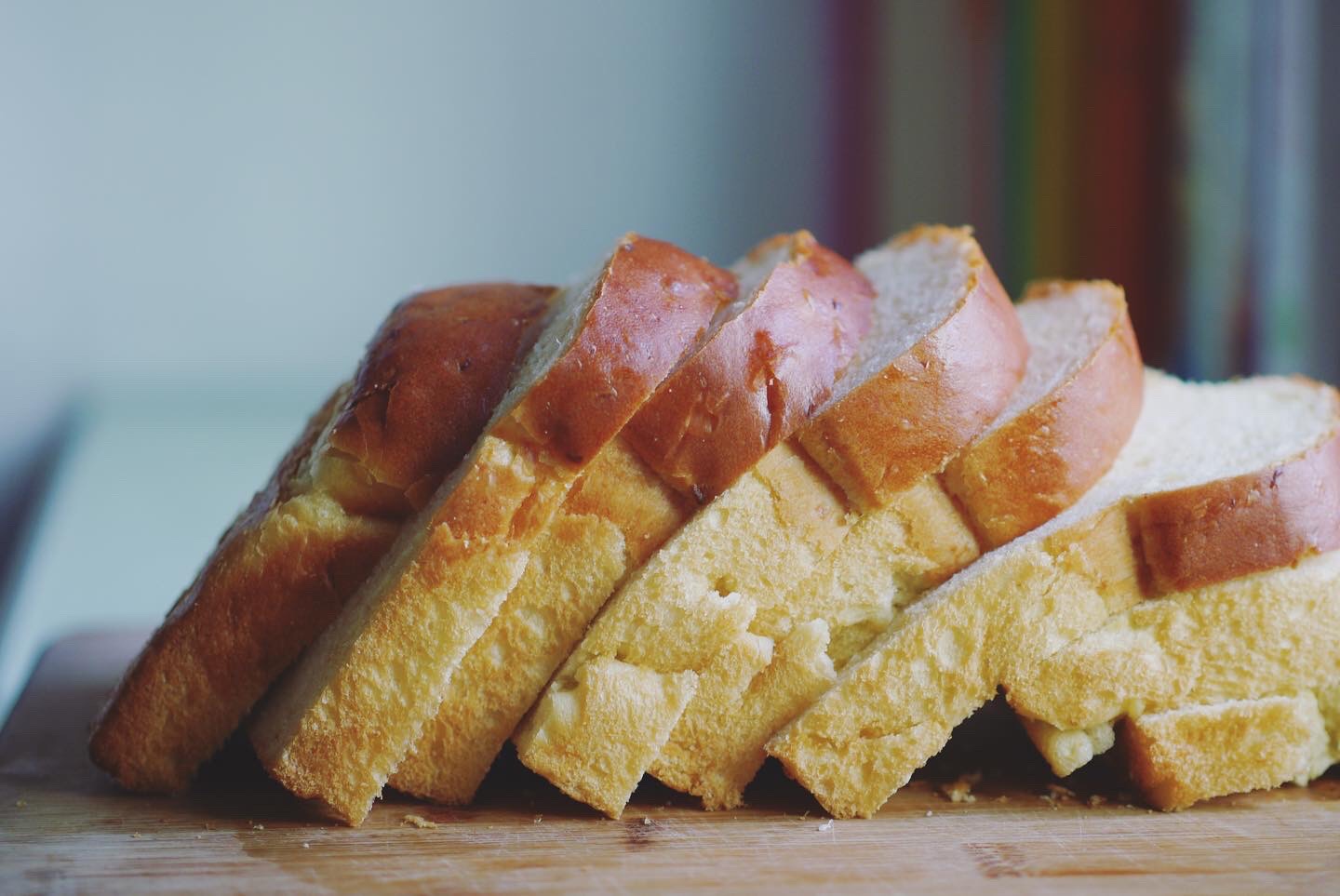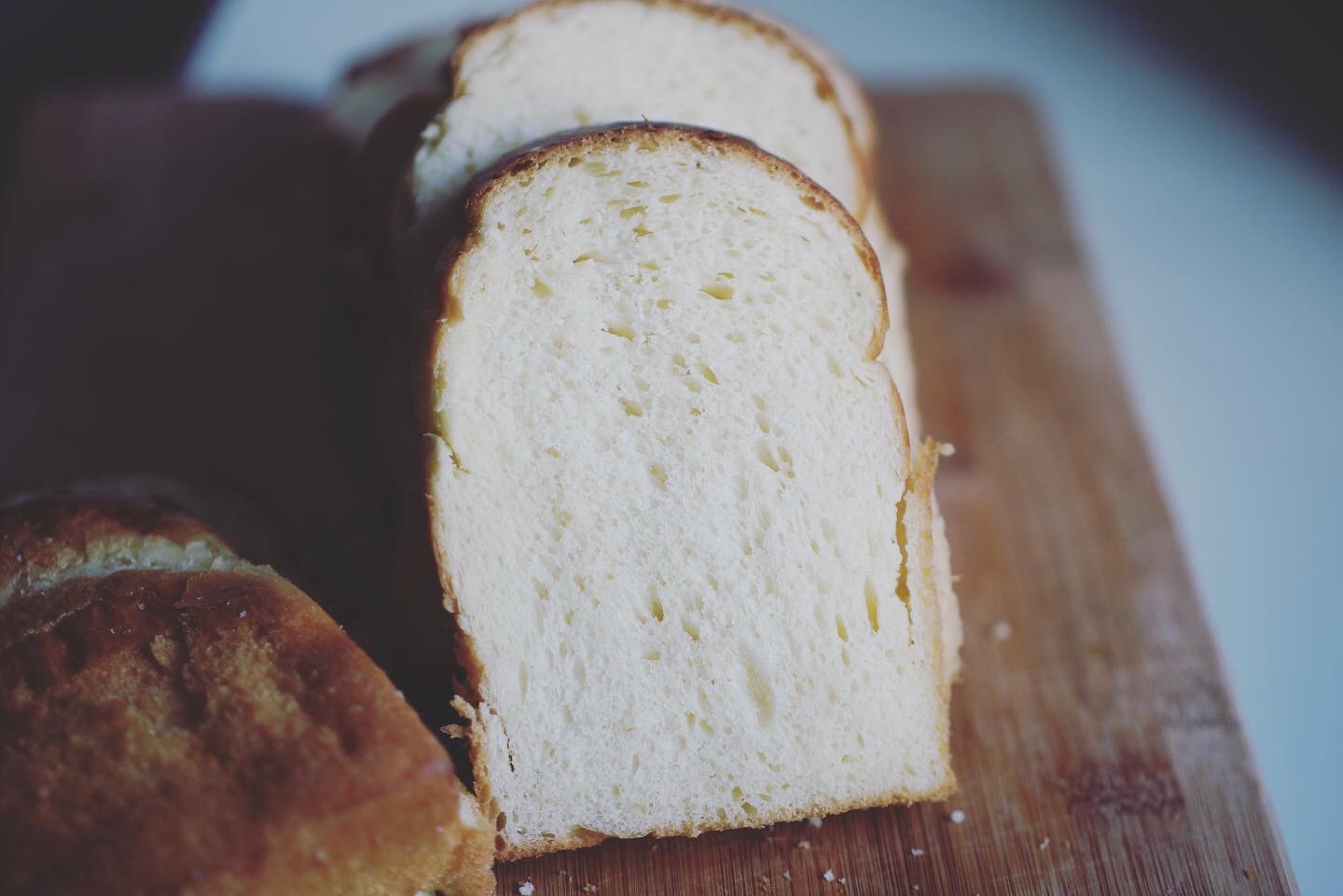*Updated 15/5* Added a list of eco-documentaries available for streaming.
It’s Day Five of the circuit-breaker period. Have you run out of things to do at home yet?
With everyone in Singapore hunkering down at home until May 4, lots of #StayHome activity ideas are being shared around; the message is simple: Stay Home To Stay Safe. Jotting these down as we still have the next three weeks to do our part to flatten the curve by staying at home.
I also started looking for programmes that would help my elderly parents feel less bored at home. This is more challenging; my mom has been scrolling through videos on the small smartphone screen all day. Sharing online content is not enough. If you know of any meaningful activities during these times to engage the seniors, please share with me?
This is still a growing list. It’s a work-in-progress as we navigate this pandemic crisis together.
// If you enjoy documentaries and films about the environment
+ Our Planet series: One Planet, Frozen Worlds, Jungles, Coastal Seas, From Deserts to Grasslands, High Seas, Fresh Water, Forests
+ Chasing Coral
+ The Next Black
// If you enjoy reading

+ Borrow digital reading materials online – the public libraries are closed; gain access to thousands of ebooks, audio books and digital magazines by downloading the NLB app. You will also need the Libby and Press Reader app to read the borrowed titles, follow the in-app instructions or refer to the FAQs here.
+ Read magazines online – SPH is offering three month’s free access now
+ Audiobooks for kids from Audible are now available for free, sometimes it’s nice to rest the eyes for a while.
+ Read Covid-19 updates and related stories online – National Geographic, The Guardian, The Atlantic
+ Read an eBook, “Coronavirus and Business: The Insights You Need from Harvard Business Review”
// If you enjoy stage performances
+ Watch a musical – Andrew Llyod Webber musical on The-Show-Must-Go-On! YouTube channel, release every Friday and available online for 48 hours.
+ Watch a local play – The Necessary Stage‘s Rosnah(2016) and Those Who Can’t, Teach (2017). Pandemonium‘s Dragonflies (2018), Wild Rice‘s Monkey Goes West,The Theatre Practice‘s Liao Zhai Rocks!, Liao Jiu, Sing’Theatre‘s A Spoonful Of Sherman (2019)
+ Ballet for you? The Winter’s Tale by The Royal Ballet
+ National Theatre full play: Frankenstein with Benedict Cumberbatch as The Creature
+ Catch a concert performance – Montreux Jass Festival has made over 50 performances available for free streaming.
+ #DabaoSCO – Singapore Chinese Orchestra is asking us to “nua at home” and enjoy concerts like this and this. Follow SCO FB Page for regular updates.
+ Andrea Bocelli, #MusicForHope, an Easter Sunday concert, live from Duomo di Milano
+ Concert highlights from Esplanade are now available online
// If you enjoy DIY sewing projects

Got cloth at home?
+ DIY reusable masks with patterns and instructions from here, here, here and here
+ Make reusable masks without sewing, like this, this and this
// If you enjoy bread-baking

Do you have a sourdough starter at home? I am making a new one.
+ If you have one sleeping at the back of the fridge or inside the freezer (yes, it is possible), try reviving it?
+ But first, I am making raisin yeast water; they make starters strong which help to produce the dramatic oven spring in bread. I use this recipe from Junko Mine. Then I make my starter. Then I will bake bread with this recipe.
+ Find natural sourdough starter guides and sourdough bread recipes: The Perfect Loaf, The Clever Carrot, Nourished Kitchen
+ If slow-baking with a natural starter is not your thing, try these recipes using commercial yeast instead. Milk Bread | Pull-apart Garlic Bread | Po Lo Bao | Butter Buns |
// If you enjoy cooking

+ I am beginning to enjoy IGTV content shot from the real kitchens of chefs like Chef Massimo Bottura and Padma Lakshmi
+ Binge-watch YouTube cooking videos: Bon Appétit, Day Day Cook, Peaceful Cuisine , Adam Liaw , Green Kitchen Stories
+ Famous recipes unveiled! Hilton shared how to home bake Doubletree chocolate chip cookies; Ikea tweeted the meatball “instructions”, which should not be confused with this version on IkeaSG’s website; Disney Park posted this churro recipe and video; I have never heard of a funnel cake, but Canada’s Wonderland is giving away their recipe online as well; bread recipes from Belmond hotels
+ More recipes: Pret A Manger dark chocolate chunk cookie recipe
// If you enjoy doing household chores
+ Be motivated by vloggers that cook, clean and organise the house: here, and here,
+ Get inspired by early risers! This Morning Routine playlist gets me excited about waking up at 5am, even on a non-working day!
// If you enjoy exercising

A friend managed to set up a basic home gym before the shut-down of non-essential businesses took effect. I only have an old yoga mat at home so I will learn to make-do at this moment. Seems like running will have to wait too. I will turn to YouTube channels for at-home workouts instead:
+ Yoga: Yoga with Adriene, Purple Valley, Ahstanga Yoga, Yoga with Tim, Fightmaster Yoga, The Yoga Room, Boho Beautiful
+ Others: Pop Sugar Fitness, Blogilates, HASfit , Fitness Blender, Group HIIT ,Live Fit Girl, Trifecta Pilates
+ Dance tutorials: Like this, and this
// If you enjoy learning online

+ Activities and classes at Community Clubs may be suspended but PA instructors are conducting lessons online using FB Live instead.
+ NTUC Learning Hub is offering free online courses from GO1 for a limited period, till May 31.
+ Or explore other online course platforms EDx and Coursera for courses that suit your interests.
+ LinkedIn classes on remote working










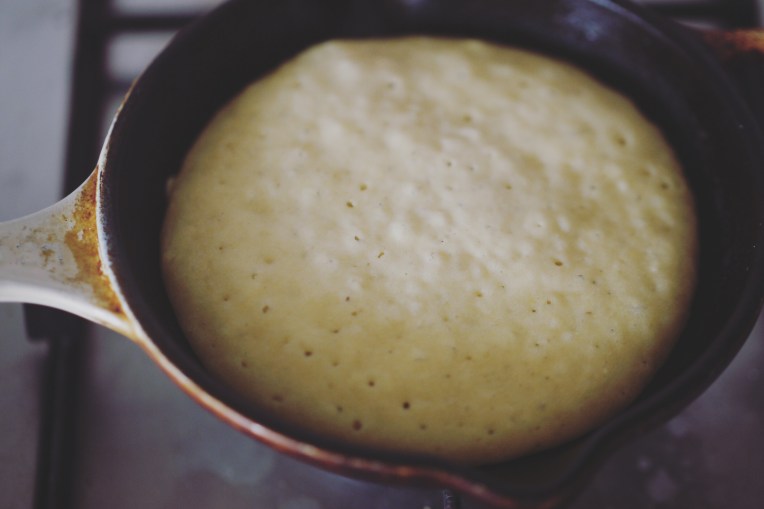























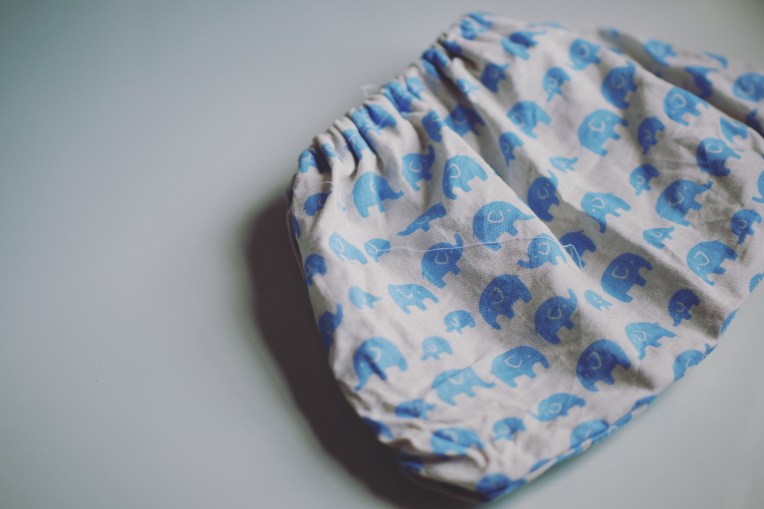
















 The reusable menu is so rare to find! Everywhere else provide paper slips.
The reusable menu is so rare to find! Everywhere else provide paper slips.





